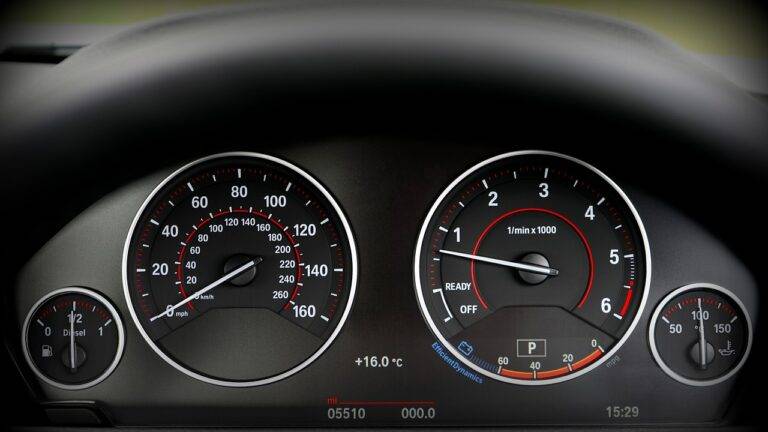The Impact of 5G on Disaster Response Coordination
5G technology, the fifth generation of wireless networking, is set to revolutionize how we connect and communicate. With faster speeds, lower latency, and increased capacity, 5G promises to unlock a world of possibilities across various industries. This technology is expected to power advancements in fields such as healthcare, transportation, and smart cities, paving the way for more efficient and interconnected systems.
The key to 5G’s capabilities lies in its use of higher frequency bands and advanced antenna technologies. By utilizing millimeter waves and massive MIMO (Multiple-Input, Multiple-Output) systems, 5G networks can transmit data at unprecedented speeds, enabling data-intensive applications like virtual reality, the Internet of Things (IoT), and autonomous vehicles to flourish. This next-generation technology is poised to redefine the way we live, work, and interact in an increasingly digital world.
Challenges in Disaster Response Coordination
Disasters often strike without warning, leaving communities devastated and in urgent need of assistance. One of the major challenges in disaster response coordination is the lack of effective communication among various agencies and organizations involved in the relief efforts. This can lead to delays in providing timely aid to those in need and can hinder the overall effectiveness of the response efforts.
Furthermore, the coordination of resources and logistics during disaster response can be complicated by the vast scale of the disaster and the limited availability of resources. These challenges can result in inefficiencies in the distribution of aid, duplication of efforts, and gaps in coverage, ultimately impacting the ability to provide timely and effective assistance to those affected by the disaster.
What is 5G technology and how does it relate to disaster response coordination?
5G technology is the latest generation of mobile broadband that offers faster download and upload speeds, more stable connections, and lower latency. In disaster response coordination, 5G technology can provide real-time data transfer, improved communication between emergency responders, and better coordination of resources.
What are some of the challenges in disaster response coordination?
Some challenges in disaster response coordination include communication breakdowns between different agencies, lack of interoperability between systems, limited resources and funding, and the need for better information sharing and coordination.
How can 5G technology help overcome the challenges in disaster response coordination?
5G technology can help overcome the challenges in disaster response coordination by providing faster and more reliable communication channels, enabling real-time data transfer and analysis, improving coordination between agencies, and enhancing the overall efficiency of disaster response efforts.
Are there any potential drawbacks or limitations to using 5G technology in disaster response coordination?
Some potential drawbacks or limitations of using 5G technology in disaster response coordination include concerns about data security and privacy, the need for infrastructure upgrades to support 5G networks, and the potential for disruptions to communication networks during natural disasters.
What steps can be taken to address the challenges in disaster response coordination and maximize the benefits of 5G technology?
To address the challenges in disaster response coordination and maximize the benefits of 5G technology, stakeholders can work towards improving interoperability between systems, investing in infrastructure upgrades, implementing data security measures, and conducting regular training and drills to ensure effective use of technology in disaster response efforts.





